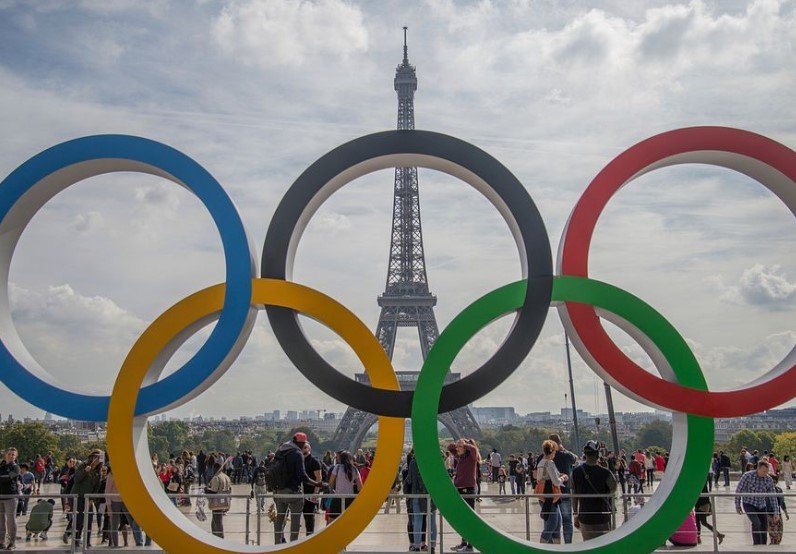The International Olympic Committee is preparing to introduce a blanket ban on transgender women competing in female categories at the Olympics. This move comes after a scientific review highlighted lasting physical advantages from male puberty, with an announcement expected early next year.
This policy shift aims to ensure fairness in women’s sports and follows pressure from global leaders and athletes. It marks a major change from previous rules where each sport set its own guidelines.
Background on the Policy Change
The IOC has long allowed international federations to decide on transgender inclusion. But new president Kirsty Coventry wants a unified approach to protect female categories.
She formed a working group soon after taking office in June. This group reviewed evidence on how male born athletes retain advantages even after hormone treatments.

Recent reports show the IOC heard from medical experts last week in Lausanne, Switzerland. They discussed findings that male puberty creates permanent benefits in strength and speed.
Coventry stressed the need for consistency across all Olympic sports. Equestrian events mix genders, but most others separate them for fairness.
The debate heated up during the Paris Olympics with cases like boxers Imane Khelif and Lin Yu ting. Both have differences of sex development, sparking global talks on eligibility.
Scientific Evidence Driving the Ban
Experts presented data showing male puberty leads to bigger hearts, lungs, and muscles. These edges do not fully disappear with testosterone suppression.
A key review found advantages in areas like bone density and lean body mass. This makes competition unfair for female born athletes.
The working group included doctors and scientists who analyzed peer reviewed studies. They concluded no level of hormone therapy fully erases male advantages.
Here are some key findings from the review:
- Male puberty boosts muscle mass by up to 40 percent more than in females.
- Bone structure remains denser, aiding power sports like weightlifting.
- Cardiovascular benefits persist, improving endurance in events like swimming.
- Height and reach advantages stay in sports such as boxing and volleyball.
This evidence convinced IOC leaders to move toward a ban. It could also impact athletes with differences of sex development if they show similar advantages.
Reactions from Athletes and Groups
Athletes have mixed views on the potential ban. Some female competitors welcome it as a step for fair play.
Tennis star Martina Navratilova called it essential to protect women’s sports. She argued science backs the need for clear rules.
Transgender advocates worry it excludes athletes unfairly. They point to past IOC guidelines that allowed inclusion with conditions like low testosterone.
Groups like Human Rights Watch urged the IOC to consider individual cases. They say a blanket ban ignores personal stories and rights.
Public figures, including US President Donald Trump, pushed for this change. His team influenced talks ahead of the 2028 Los Angeles Games.
Social media shows divided opinions. Many posts celebrate it as a win for women, while others see it as discriminatory.
Potential Impact on Future Olympics
The ban could start as early as 2026, affecting events before the 2028 Los Angeles Olympics. Sports federations must align with the new IOC policy.
This might lead to legal challenges from affected athletes. Past cases in track and field saw bans upheld in court.
Women’s participation could rise without concerns over fairness. It might encourage more girls to join sports at young ages.
| Aspect | Current Policy | Proposed Ban |
|---|---|---|
| Eligibility | Federations decide, often with testosterone limits | Blanket ban on trans women in female events |
| Timeline | Varies by sport | Expected announcement early 2026 |
| Affected Athletes | Trans women and some DSD cases | All trans women, possibly DSD with male advantages |
| Rationale | Inclusion focused | Fairness based on science |
| Sports Impacted | Most Olympic events | All female categories |
This table highlights key differences. The change aims to standardize rules and reduce controversies.
Training programs may adapt to focus on female born athletes. Coaches predict more emphasis on youth development in women’s sports.
Global Context and Broader Implications
Similar bans exist in sports like swimming and athletics. World Athletics barred trans women who went through male puberty in 2023.
This IOC move aligns with those trends. It reflects growing calls for evidence based policies in elite sports.
Outside Olympics, college and pro leagues face similar debates. The NCAA in the US reviews its rules amid state laws on trans athletes.
The policy could influence non Olympic events too. National bodies might adopt similar guidelines for consistency.
Experts say this balances inclusion with fairness. But it raises questions on how to support trans athletes in other ways, like open categories.
Share your thoughts on this IOC decision in the comments below. Did we cover what you wanted to know? Spread the word by sharing this article with friends interested in Olympic news.








